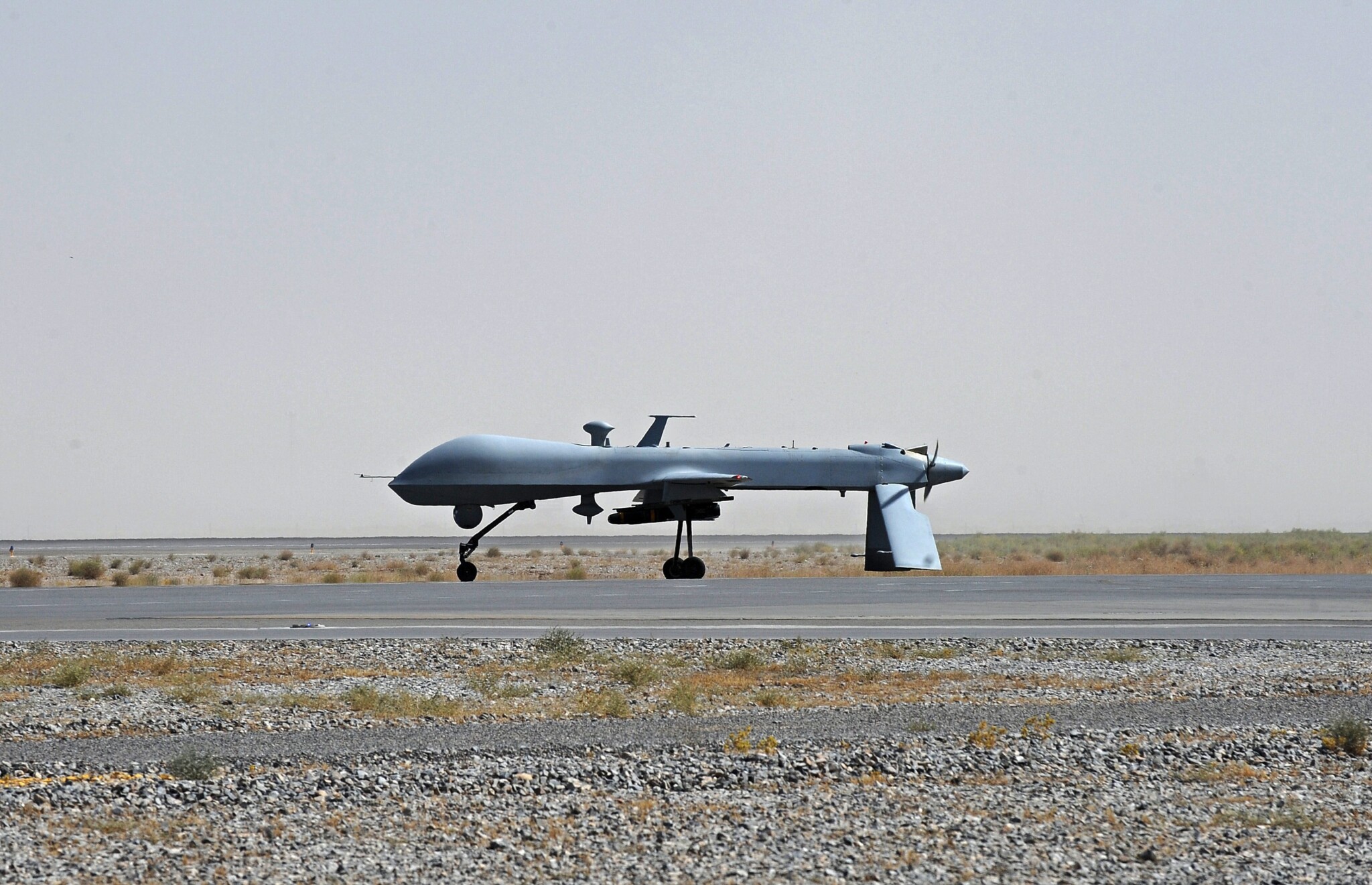Earlier this week, Mark Carney announced his intention to “rebuild, reinvest, re-arm” Canada with his Liberal Party defence spending plan that would see an “unprecedented acceleration of investment” in Canada’s armed forces, adding that submarines and military pay raises would be part of the plan.
While both parties agree on spending more, they’ve set out few details on what precisely they’d propose to spend it on. Because NATO contribution tends to be discussed in terms of defence spending relative to GDP, there is a political incentive to spend, even if no useful military capability per dollar spent is achieved. There is a temptation to use accounting to meet our obligations when real investment is required.
For decades, both Liberals and Conservatives have followed the clear direction from their constituents to prioritize entitlement spending over defence. Both are rapidly realizing that pretending to work towards arbitrary targets is not enough and that a serious defence capability will have to be built. But the nature of war is changing rapidly and so must the way Canada purchases weapons. We need to embrace autonomous weapons in the air, on the ground and underwater. And we need a home grown private/public capability to respond to the pace of innovation and the flexibility required.
It’s instructive to examine the recent announcements about the ongoing purchase of U.S.-made MQ-9B Reaper Drones, worth $2.49 billion at the latest count. Reapers are incredible aircraft with an extremely wide range of capabilities. But the extent to which they will make a cost-effective contribution to our security is questionable.
Even before the need for weather-related upgrades that are delaying the purchase, the total cost of the Reapers, hangers, control stations, and training is currently estimated to be $2.49 billion CAD, or $226 million per drone acquired. While the contract details have not been released, based on public information, the drones themselves are likely around $70 million CAD. But Canada needs a special version so the real cost may approach $100 million, close to the price we are paying for our F-35s. And those prices don’t include ammo. Canada will also purchase 219 Hellfire missiles at $1.5 million each.
Sure enough, an update was issued last fall that the purchase, made after 11 years of study, would be delayed another few years, to 2028, due to concerns that the Reapers might not be well enough suited to harsh Arctic conditions. The unique requirements of the Canadian climate conditions are likely to push the price even higher and the delivery date back further.
The whole point of using drones is that by removing the human pilot from the aircraft, the costs of protecting that human can be avoided, and the aircraft can be used in missions where the risk of loss of the aircraft or pilot would be too high. But at a cost of what will be more than $100 million each, and taking over a decade to purchase, these drones cannot be put at risk.
Given the cost and time to procure, we will not be able to afford to lose any. Which means we can only deploy in missions where there is little risk, mainly in surveillance roles. And with that limitation, we could use traditionally piloted technology, or much cheaper surveillance drones at far lower cost.
It is well understood that drones will become the most important aspect of national defence for advanced economies. Increasingly, warfighting will be robot-to-robot, the victor being the one who runs out of robots last. And drone technology, in the air, on land and underwater, is evolving at an accelerating pace.
In 2024, Ukraine built 2.2 million drones and plans to build 4.5 million in 2025. Of course, these drones are vastly different in capability from Reapers, many of them handheld and battery-operated. But Ukraine now also builds rocket and turbine powered heavy payload drones with up to 2000-mile ranges with both strike and surveillance capabilities. The luxury of a 10-year procurement cycle is one that Ukraine could only dream of. Finland has multiple domestic drone manufacturers who compete to deliver rapidly evolving drone platforms both in the air and underwater.
The success of SpaceX has proven the advantages of their aerospace innovation model over the traditional cost-plus model of the traditional defence industry. Cost-plus has worked well for defence contractors, but we should not be surprised that this has been accompanied by ever longer delivery schedules and cost escalation. When you tell a contractor that they can keep 30 percent of every dollar they spend, you should not be surprised when they spend more. SpaceX has proven that the capability to rapidly iterate aerospace technology beats the traditional long-term requirements-based purchase model where the contractor has no incentive to deliver cheaply or quickly. The 99 percent reduction in the cost of delivery of tonnage to orbit that SpaceX has achieved is proof.
While the Reaper purchase by Canada is following the kind of decade-plus timeframe that major weapons system acquisitions have traditionally followed, drone technology evolves at a pace that will make the Reapers we are buying now obsolete by the time they are delivered. Even in the past year, GPS jamming has rendered some drone technologies obsolete, requiring other navigational techniques. Many may require the addition of generative AI on board to obviate the need for ground communication that can similarly be jammed. The Reapers have no such technologies, and we will have no ability to upgrade them.
Recent disruptions in our partnership with the U.S. have highlighted the need for independence. The Reaper purchase will leave us completely dependent on a U.S. defence contractor for the continuous software upgrades that are needed, and indeed leave us vulnerable to having the aircraft immobilized by the supplier.
Canada does not have the luxury of time or capital to outsource its drone technology using the traditional defence procurement process. The ability to create a drone manufacturing capability would require a bottom-up approach, not top-down. We do not have the capability right now to develop a fifth-generation fighter jet (sorry, Mr. Singh). But we have dozens of private companies in Canada already developing air, land, and sea drones and supplying critical systems to other countries. Embracing and supporting this growing industry, led by a defence department focused on rapid technology iteration, would develop our domestic capability, while avoiding the cost-plus model that has ballooned prices and timelines in the past.
Ukraine, Finland, Israel and a growing list of countries could offer Canada a lesson that by developing and owning the technologies required in aeronautics, propulsion, navigation and targeting, they can deploy many kinds of drones suited for a wide range of missions and crucially can rapidly iterate to keep up with countermeasures being deployed. We need a domestic drone development capability, and the $2.5 billion being spent on weapons that will likely be obsolete by the time they are delivered could have made a promising down payment.











